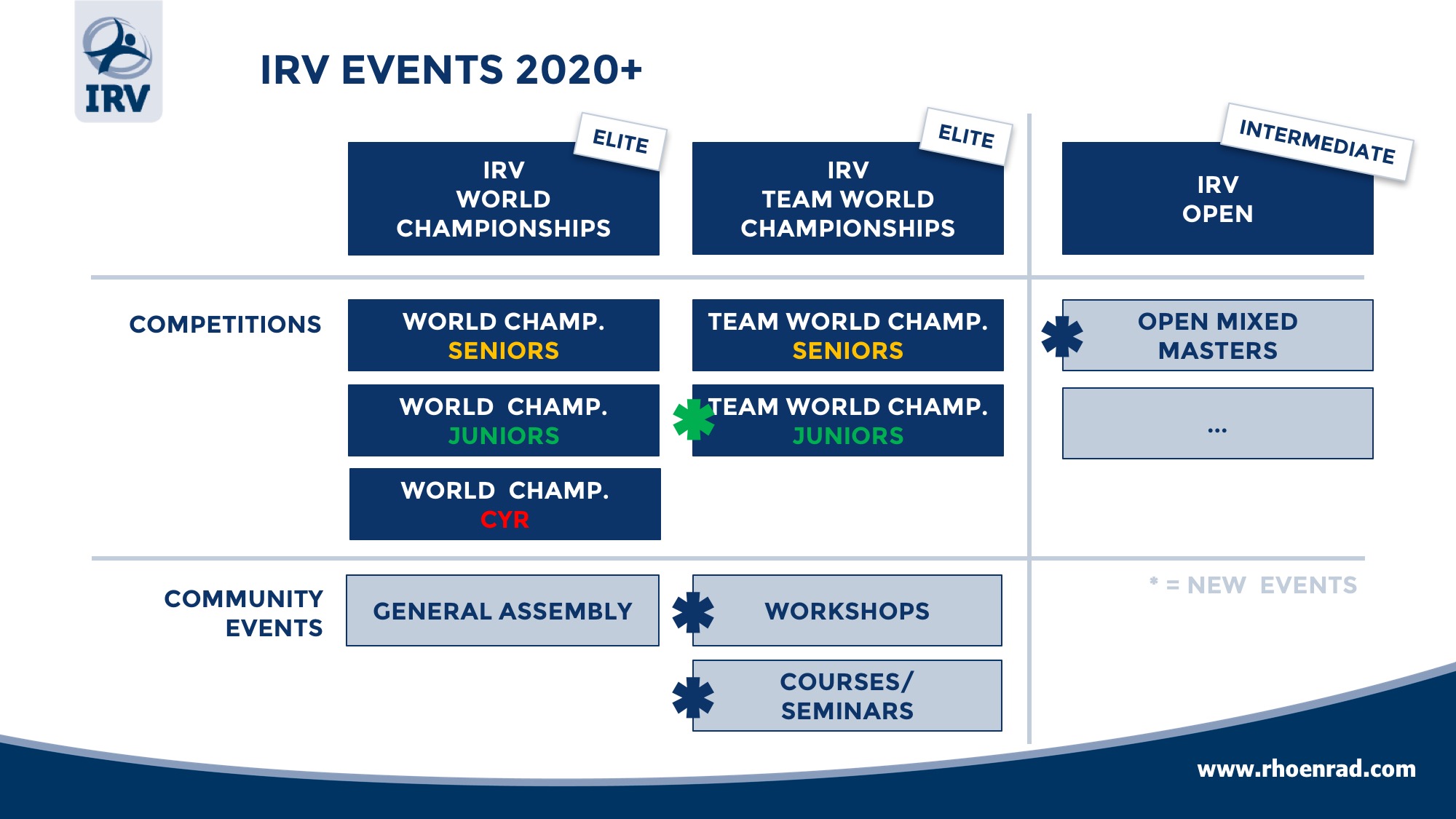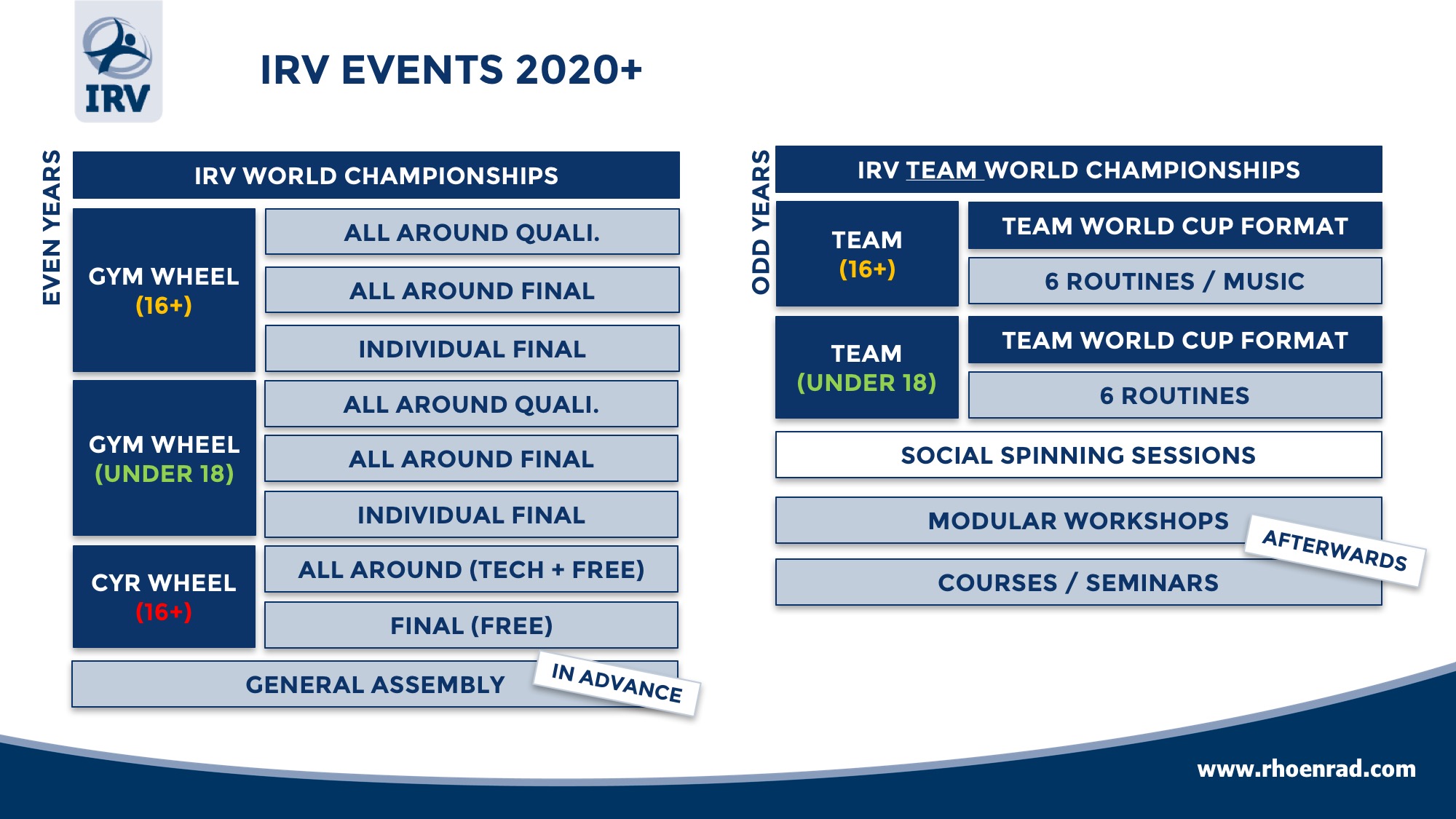Next
Level
2020+
How we want to shape the future of #Wheel Gymnastics
Introduction: Next Level 2020+
Dear #rolling enthusiasts,
Shaping the future of #WheelGymnastics is our passion. Our team has invested hundreds of hours of voluntary work into the development of our “Agenda 2020” strategy and its enhancements called “Next Level 2020+”.
- Competitive Arena
- Code of Points
- International Development
Below you will find the essential details of our plans for 2020+:
Presentation
In Cincinnati in 2016 we presented our ideas for the future of wheel gymnastics. Our “Agenda 2020” described proposed initial measures and visions for the future of our sport. With this as our point of departure, we have worked hard in the last 24 months to further define our vision, strategic directions and concrete plans of action. A process of change is never linear, a fact that our discussions around Agenda 2020 have shown. The exchange of ideas with you – the wheel gymnastics community – provides us with valuable input. Below, you will find an overview of our joint plans and actions for the time after 2020
Competitive Arena
Individual World Championships Juniors & Seniors
Following discussions with our member countries, we will continue to offer all around junior and senior competitions as well as individual discipline finals at the world championships from 2020 onwards.
However, we want all medal-deciding competitions to have a maximum length of approximately 2½ hours, which means we will need to organise preliminary rounds for both juniors and seniors (Semi Finals), followed by all around and individual discipline finals. The competition format for Cyr wheel is also under review and will change before the next world championships.
The competition format for Cyr wheel is also under review and will change before the next world championships.
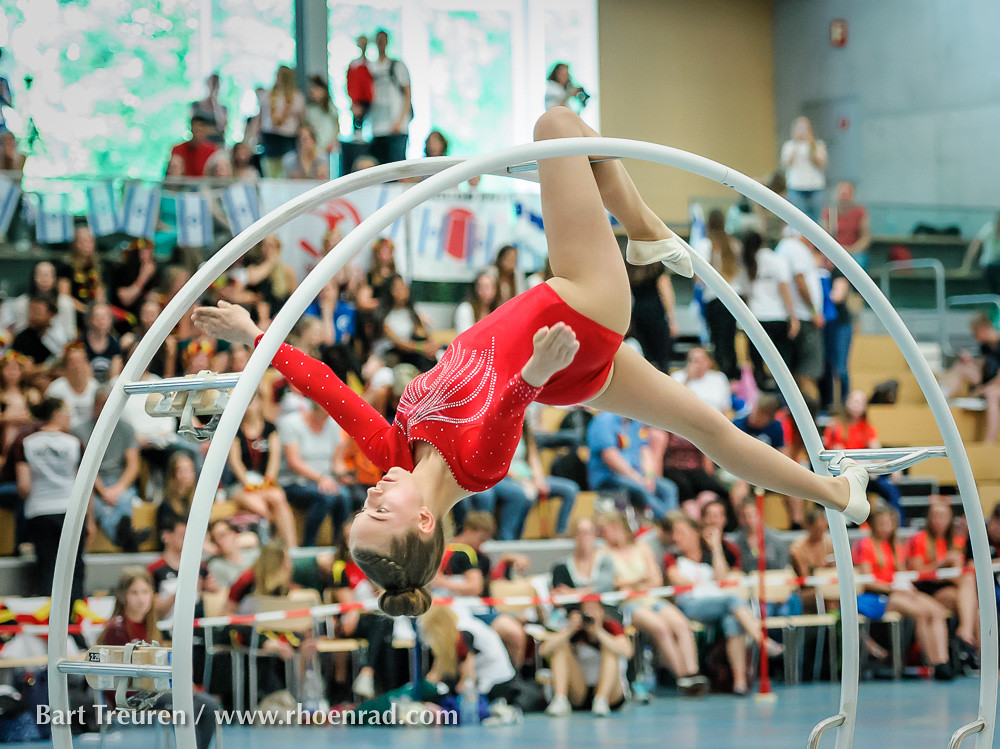
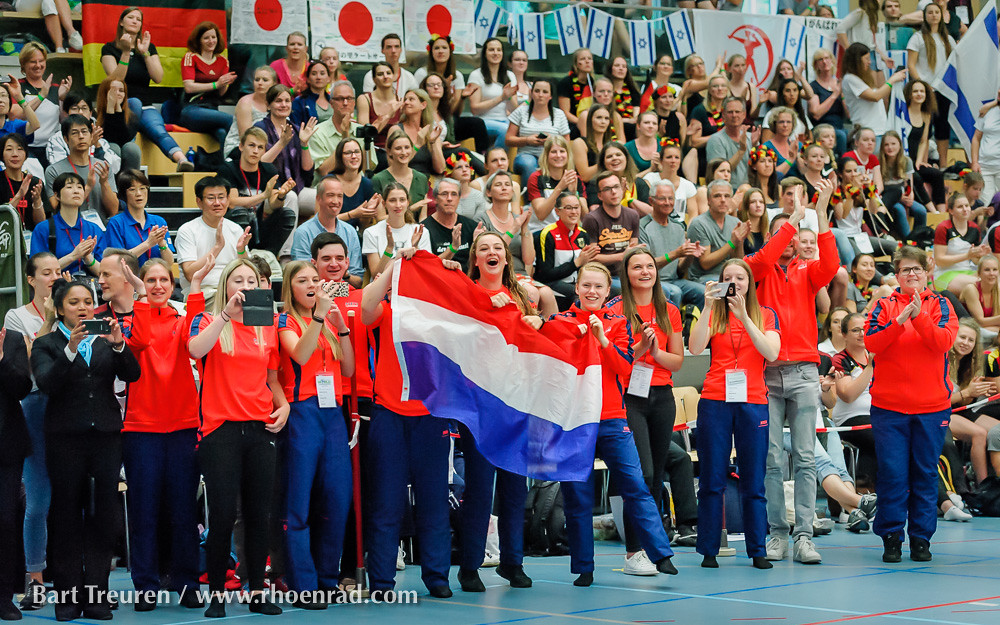
Team World Championships
The Team World Cup and team competition at the World Championships are two similar competitions. As the World Championships from 2020 will have a focus on individual titles for both senior and junior categories, the team final will be moved to replace the Team World Cup in alternate years and will be called the Team World Championships. This means that teams will qualify at the Individual World Championships in the same manner as previously, but the deciding team competition will be postponed and will take place in the year between two individual World Championships.
The Team World Cup will thus become the Team World Championships, but will retain the successful World Cup format with competition rounds and the use of jokers. We will also introduce a Junior Team World Championships that will be of particular interest to countries with strong junior sections.
IRV Open
In addition to the World Championships, the IRV aims to offer an open training & competition programme directed towards Gym and Cyr wheel gymnasts of all levels who would like to combine informal competitions with training sessions and workshops. We are currently organising an event along these lines within the framework of the CSIT World Sports Games in Tortosa, Spain, in July 2019.
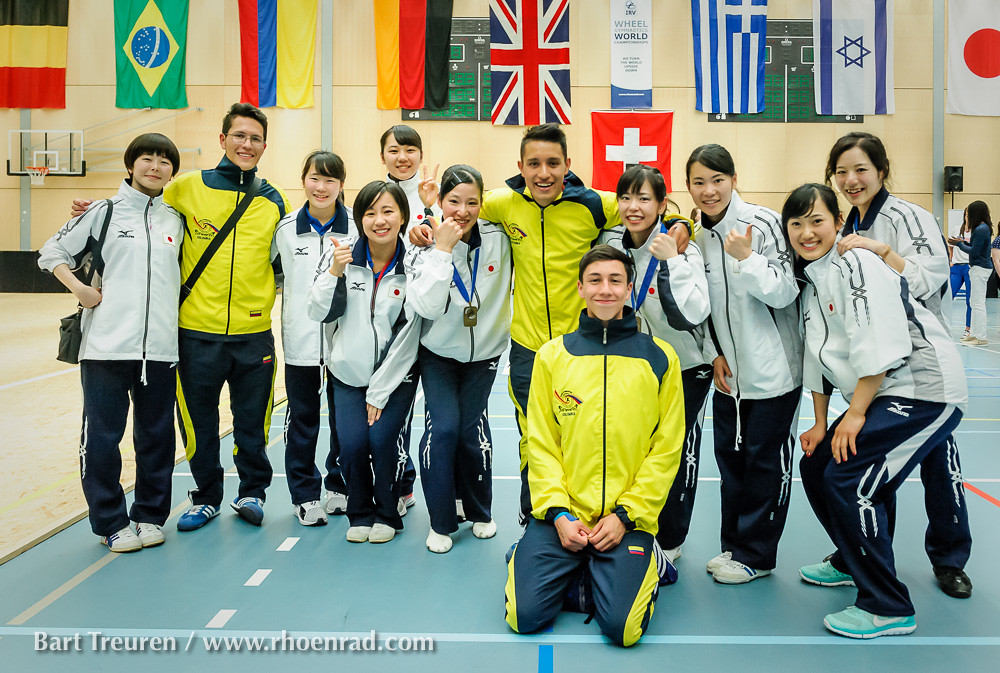
Code of Points 2023+
The Code of Points “freeze” from 2017-2020 will give us the opportunity to update all existing documentation and support a team to finalise a new edition of the Technical Language of Wheel Gymnastics. Furthermore, we have decided to work towards a wide-reaching strategic change of the structure of the Gym Wheel Code of Points.
The plan is to improve comparability and transparency of the scores and to simplify the judging process as well as the training of judges. The focus of gym wheel routines in the future will be on a high level of execution and more variation of moves.
CURRENT CHALLENGES AND BASIC PRINCIPLES OF THE CODE OF POINTS 2023+
There have been many changes to the Gym Wheel Code of Points in recent years. Much progress has been made and there has been a positive development of gym wheel routines.
However, we now have a large number of different documents and regulations, and the judging systems for the three gym wheel disciplines have diverged. This makes the training of judges more difficult, and it also means that we have a lack of comparability and equality of the disciplines within the all-around competition.
With the Code of Points 2023+ the differences between the disciplines will be reduced. Gymnasts showing lots of variation, proper execution and highest-level difficulty elements will be more strongly rewarded and the three disciplines will have equal value within the all-around competition.
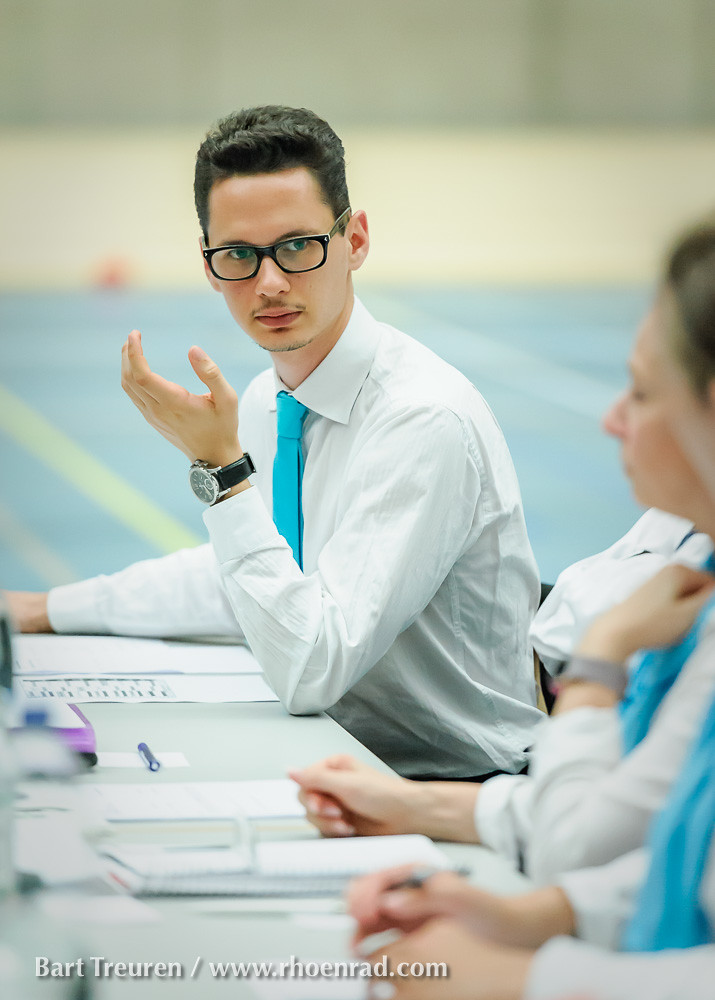
COP 2023+
The maximum final scores for all disciplines will be equal in the future. As is the case today, the final score for a routine will be the sum of a difficulty score and an execution score.
The maximum score for difficulty will be the same for all three disciplines. This will be achieved by implementing a new system of how to count and calculate difficulty moves in straight-line and spiral, and by revising the difficulty catalogue in vault.
The maximum score for execution will also be the same for all three disciplines. This will be achieved by always deducting execution faults from a maximum amount of 10 points.
For routines performed to music, the score for artistic impression (currently referred to as the “music score”) will also be set at a maximum of 10 points. In order to calculate the final score for routines performed to music, the arithmetic mean of the execution score and the score for artistic impression will be added to the difficulty score.
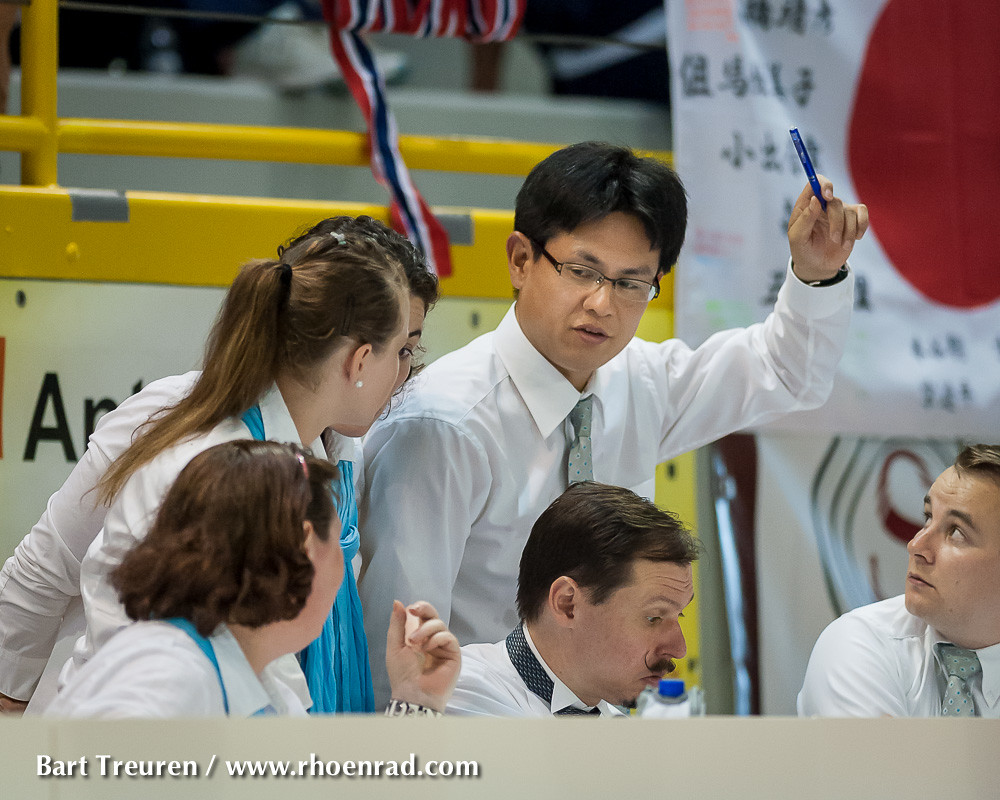
CHANGES IN JUDGING DIFFICULTY
E elements will be introduced as the highest level of difficulty in straight-line and spiral. In these disciplines, the best 8 difficulty elements will be counted. This will also be the case for routines performed to music.
In order to promote variation in gym wheel routines, the current system of structure groups will be revised. There will be 10 structure groups for each discipline, and all elements in the difficulty catalogue will represent at least one of these groups. The difficulty judge(s) will give a bonus for every fulfilled structure group. Stenographic symbols will be developed for each structure group in order to make it easier for the difficulty judges to write down the routines. This new system of structure groups will replace the current composition requirement, which forms part of the execution score.
As is the case today, a gymnast will be able to combine different elements within one judging unit in order to perform a move that represents more than one structure group.
In vault, the current difficulty catalogue will be revised so that the maximum difficulty in vault will be equal to the maximum difficulty in straight-line and spiral. The vault catalogue will be updated at regular intervals in order to incorporate more difficult vaults as and when there are gymnasts who perform them. In between updates, however, gymnasts will not be rewarded for performing a more difficulty vault than the ones listed in the catalogue.
CHANGES IN JUDGING EXECUTION
The maximum execution score for all disciplines will be 10 points.
The execution judges will no longer evaluate the composition of the routines. This will be covered by the difficulty judge(s) using the new system of structure groups.
The maximum sum of execution deductions for one judging unit will be 1.0 point, whereby there will be four categories of deductions:
- small deduction (0.1)
- medium deduction (0.3)
- major deduction (0.5)
- fall or assistance from the coach (1.0)
In the Code of Points 2020+ common execution faults across all disciplines will be listed in a table. In addition, there will be separate tables with discipline-specific technical deductions for each of the three disciplines.
ARTISTIC IMPRESSION
What is now called the “music score” will be re-named “artistic impression” in the future. The IRV is currently working on new ideas for judging artistic impression in straight-line. The maximum score for artistic impression will be 10 points, whereby the arithmetic mean of the score for artistic impression and the execution score will counted towards the final score and added to the difficulty score.
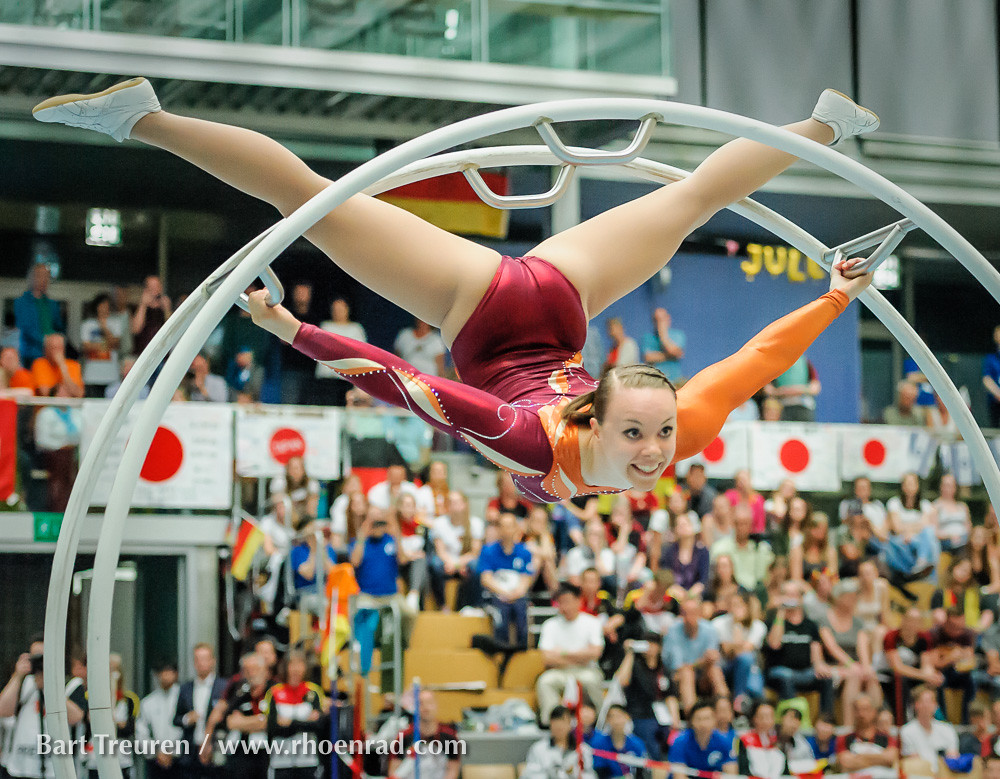
Next Level 2020+
We have worked hard in the last 2 years on our vision for the future of wheel gymnastics. A process of change is never linear, a fact that our discussions about Agenda 2020 has shown. The exchange of ideas with you – the wheel gymnastics community – provides us with valuable input.
We would like to encourage you to enter into dialogue with us, and to motivate others to do so, whether in the Athletes’ Commission, in one of our Working Groups or in direct contact via email, Facebook, etc.
Henning Henningsen
IRV President


